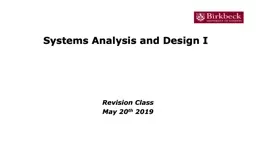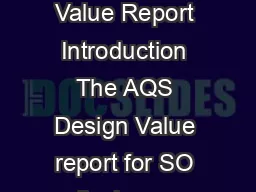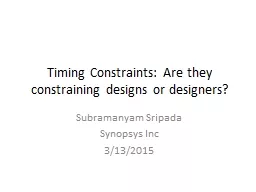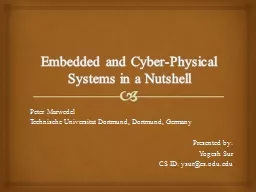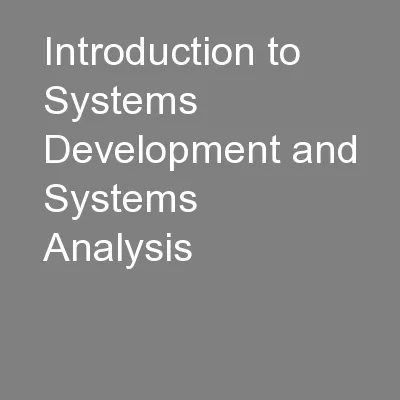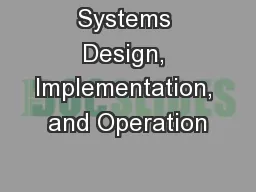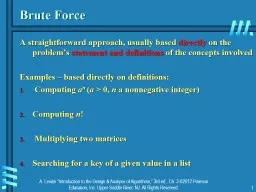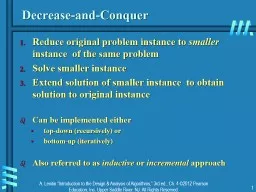PPT-Systems Analysis and Design I
Author : celsa-spraggs | Published Date : 2019-11-19
Systems Analysis and Design I Revision Class May 20 th 2019 Contents Level 4 15 credits Module code COIY016H4 All material is available httpwwwdcsbbkacuktaolueSADISADIhtm
Presentation Embed Code
Download Presentation
Download Presentation The PPT/PDF document "Systems Analysis and Design I" is the property of its rightful owner. Permission is granted to download and print the materials on this website for personal, non-commercial use only, and to display it on your personal computer provided you do not modify the materials and that you retain all copyright notices contained in the materials. By downloading content from our website, you accept the terms of this agreement.
Systems Analysis and Design I: Transcript
Download Rules Of Document
"Systems Analysis and Design I"The content belongs to its owner. You may download and print it for personal use, without modification, and keep all copyright notices. By downloading, you agree to these terms.
Related Documents

